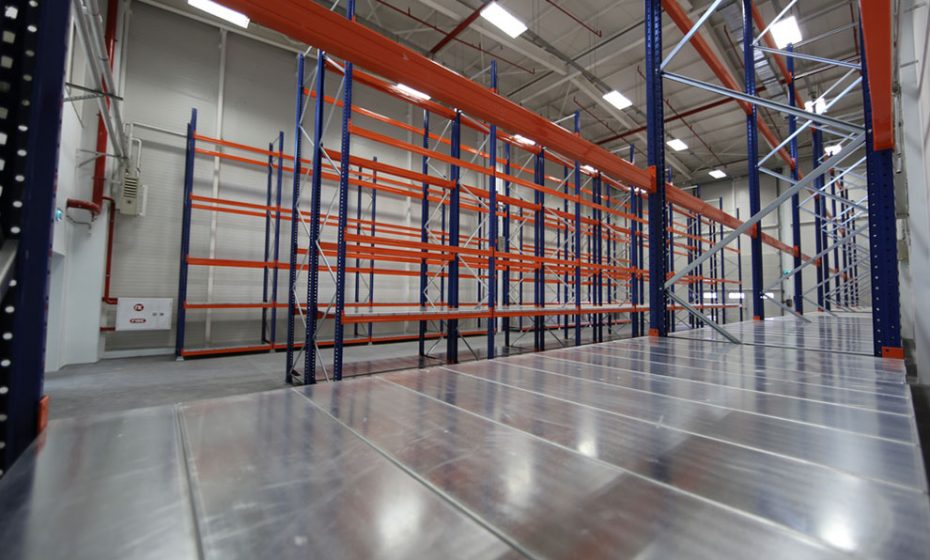
Source: f28 Production/Shutterstock.com
If you’re looking to upgrade your equipment storage system, you’re going to need a new set of stack racks. But these handy storage solutions are often more complicated than they seem. There are many different types of racks for you to choose from. But industrial equipment plants have their own needs and priorities. Learn about the various types of pallet racking for sale and make the right choice for your business.
Selective Pallet Rack
The traditional stack rack is here to stay. A selective rack is just what it sounds like. They are only one pallet deep, so you won’t have as much room for larger pieces of equipment. You will have to devote around 50 percent of the facility to aisle space. However, they are easy to install and are considerably cheaper than some of the other options on this list.
Keep Everything Organized with Our Options of Pallet Racking for Sale
Narrow
A narrow rack doesn’t leave a lot of room for your employees to navigate the space, usually just 60 inches. You will have to invest in specialized hand trucks that move in between the aisles. They are designed to help you maximize your storage space, but they only work for smaller goods.

Source: pausestudio/Shutterstock.com
Double Deep Reach
The double deep reach is a common choice in certain industries. It is like the selective pallet rack except it is twice as deep and enables you to store up to two pallets side-by-side. You will have to use a special lift truck to reach the back of the shelf. You can increase your storage capacity by up to 72 percent. This may be a good fit for your industrial equipment plant, especially if you have large equipment that takes up a lot of space.
Check Out Our Stack Racks, too
Push Back
The push back stack rack comes with a built-in rail system that pushes the load at the front to the back as new pallets are added. When the first item is taken off the shelf, the loads at the back will automatically spring forward.
The system is usually between two to six pallets deep, helping you maximize your storage space. This makes for a first-in-last-out storage system. It is not recommended for facilities with perishable goods. If you want to get older equipment off the shelf first, you may want to consider another option.
Drive In
The drive-in option allows you to physically move your loads deeper into the storage system using the built-in rail system, but you will have limited control over how your goods come in and out of the space. The system can be anywhere from two to 20 pallets deep, but you may not be able to see all the way to the back of the rack. This can increase the risk of damage as your equipment moves through the maze of racks. It’s suited for facilities with lots of inexpensive merchandise and few SKUs that can easily be clumped together.
Double Drive In
Similar to the option listed above, the double drive-in stack rack allows you to drive two loads at once as they move through the system side-by-side. It is essentially doubling down on the drive-in system, so it comes with all the same pros and cons. It’s better suited for facilities with lots of merchandise and few SKUs. Some products may get stuck or damaged along the way.

Source: Praethip Docekalova/Shutterstock.com
Pallet Flow
The pallet flow system uses gravity to automatically move the pallets forward. It works like the push back system except instead of having the goods automatically spring forward every time a product comes off the shelf, the existing loads simply roll to the front, creating a flow-like movement. They can be as deep as 20 to 30 pallets, giving you plenty of room for your equipment.
Choosing the right stack racks for your industrial equipment plant all depends on your storage requirements. For spare parts and tools, consider going with a selective or narrow stack rack. For larger items, we recommend going with a double deep reach or pallet flow system. If you are looking to maximize your storage space, you can use a drive-in system, but you won’t have as much control over your inventory.
Conduct an evaluation of a disaggregated rack system before making your final decision, as some systems may be better suited to your facility than others. The racks should be strong enough to support your equipment, while giving you enough room to handle your items with care.
Learn how to organize a warehouse to make sure you know what to look for.
